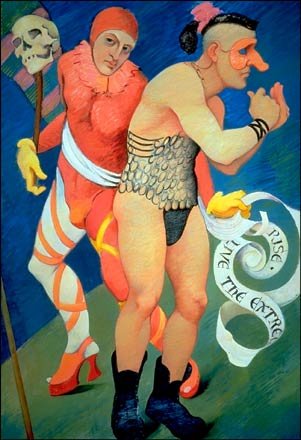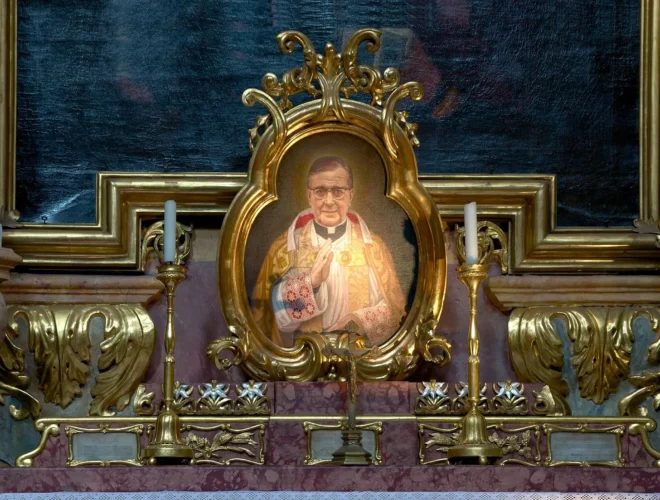
A Personal Note On Pride Month
While the holy month of Pride was upon us, I thought often of the ancient Dance of Death. Through the 1990s, at the height of the AIDS epidemic, a parade saluting sexual behaviors that shortened lives struck me as a celebration against itself—an inverted Danse Macabre. What once had been cautionary and didactic was becoming exhortative. The parade was encouraging if not, in a perverse way, edifying. A certain kind of free spiritedness, however lethal, was assumed to be tinged with heroism. Continue Reading





